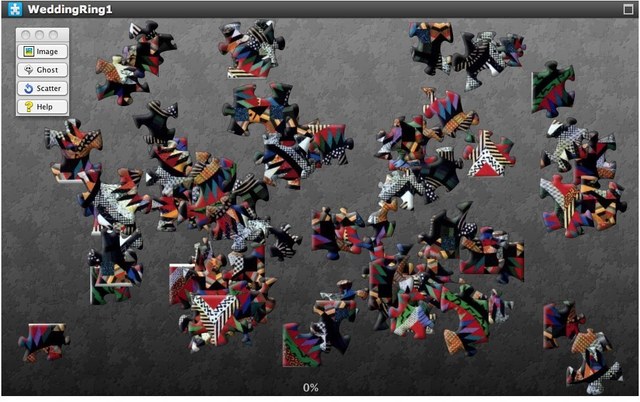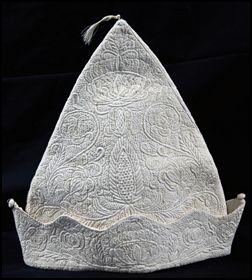
Last call!
Applications for the Ponnie Brinkman Retreat Scholarship enabling an emerging quilter to attend one of my La Veta Quilt Retreats are due on November 1, 2010. The scholarship has been established as a way to foster new quilters on their creative journey. One scholarship is awarded each year. The following list outlines the basic information for the scholarship which includes free tuition and $500 towards expenses (lodging, travel, etc). For the complete details about this scholarship click here.
1. Nominations must be submitted to Ricky Tims Inc. by the board of directors of an established quilt guild with a membership of fifty or greater.
2. On November 1, 2010, a nominee should not have been quilting more than three years.
3. Nominees should have completed a minimum of six quilts and should exhibit confidence, enthusiasm, and originality.
4. It does not matter whether or not the nominee leans toward traditional, contemporary, or art quilting.
I look forward to the selection process. The scholarship recipient will be announced on December 1, 2010 at www.rickytims.com
The nomination forms can be downloaded here and must be postmarked on or before November 1, 2010.









.jpg)


